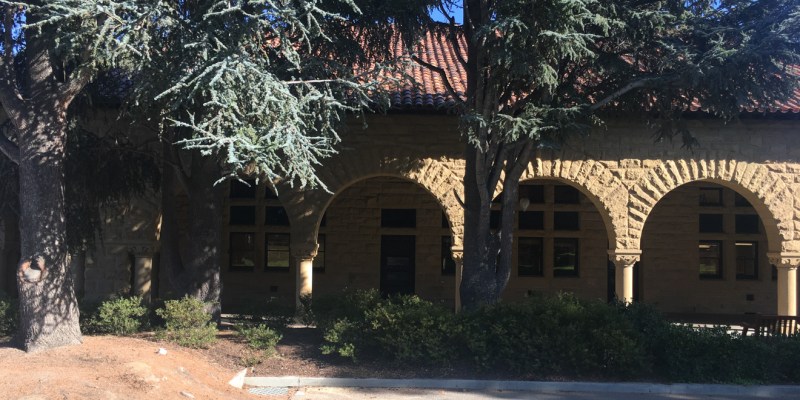Students and professors alike in Chicano Studies at Stanford are hoping to expand the program, which they argue is under-resourced and would help increase faculty diversity if grown.
The Chicano Studies major, which was founded in the 1990s in response to a student hunger strike, is a relatively small program at the University, with just four students majoring in Chicano Studies according to registration data from last year.
The major is housed under the Center for Comparative Studies in Race and Ethnicity (CSRE). CSRE is a program, not a department — a distinction that Chicano Studies major Araceli Garcia ’19 takes issue with because it means CSRE cannot hire its own professors. Instead, according to Chicano Studies Program Director Guadalupe Valdes, all CSRE faculty members are required to have joint appointments in other departments.
“The original intent was that it was important for ethnic studies content to be available across the entire University in regular academic programs,” Valdes explained. “To accomplish that, joint appointments in CSRE and in particular departments were promoted with the support of the central administration.”
Garcia argued that if Chicano Studies were to become its own department, Stanford would have more incentive to hire additional professors of color.
“As a first generation, low-income student of color, and a woman of color, you try to seek out advisors that have similar experiences to yours,” Garcia said. “And if you look on this college campus, there are very few women of color or just people in general who are professors with that background.”
Tomás Jiménez, director of the Undergraduate Program in CSRE, said the Faculty Development Initiative was created in 2007 to provide money to departments that hire faculty who study race. He cited this effort as leading to the hiring of faculty who currently play key roles in running the CSRE program.
While Jiménez suspects students may want CSRE to become its own department because they see a “symbolic value” in it, he noted the difficulties that come with attempting to do so.
“If you want a department you have to be able to populate it with faculty,” Jiménez said. “And populating it with faculty would be a huge lift.”
Joy Leighton, director of public relations for the School of Humanities and Sciences, stated that she had no additional comment.
According to Melissa Michelson, lecturer in the Chicano Studies program, there has been a recent increase in interest in Chicano Studies classes at Stanford.
“My class this year is the largest it’s ever been since I started teaching at Stanford,” Michelson said. “I had to turn students away because the classroom was full, and there were just no more chairs.”
However, Michael Ocon ’20, who has taken classes within the Chicano Studies program, expressed a belief that despite student interest, Stanford continues to undervalue Chicano Studies.
“Stanford’s funding is a reflection of their values,” Ocon said. “Stanford has not made substantial investments in the Latinx or Chicanx identity on campus. We see this across the board. Our center is underfunded. Our organizations are not respected.”
Garcia added that she believes Stanford should make a greater effort to advertise its ethnic studies programs to students, as many choose to pursue other degrees due to economic concerns and a desire to land high-paying jobs.
“I think it is the job of the University to make those majors look appealing to students,” she said. “Even if they are low-income, even if they’re students that come on scholarships, you need to make those students feel like they would be employable with degrees from this University and not that they’re second-class students at this institution because the University doesn’t put money into the program.”
Michelson believes the relatively small size of the CSRE building in Main Quad represents how undervalued ethnic studies are by Stanford.
“There is one classroom in Building 360,” Michelson said. “[The lack of space is a] physical manifestation of the lack of commitment to these programs by the University.”
Valdes admitted that altering the nature of ethnic studies programs at Stanford has been a challenging process for University administrators who lead the programs.
“Trying to change department cultures has proven difficult and slow work,” Valdes said. “We hope the new administration will afford more avenues for hiring, promotion and retention.”
Contact Claire Dinshaw at cdinshaw ‘at’ stanford.edu.
This post has been updated. A previous version did not accurately represent Leighton’s views. The Daily regrets this error.
